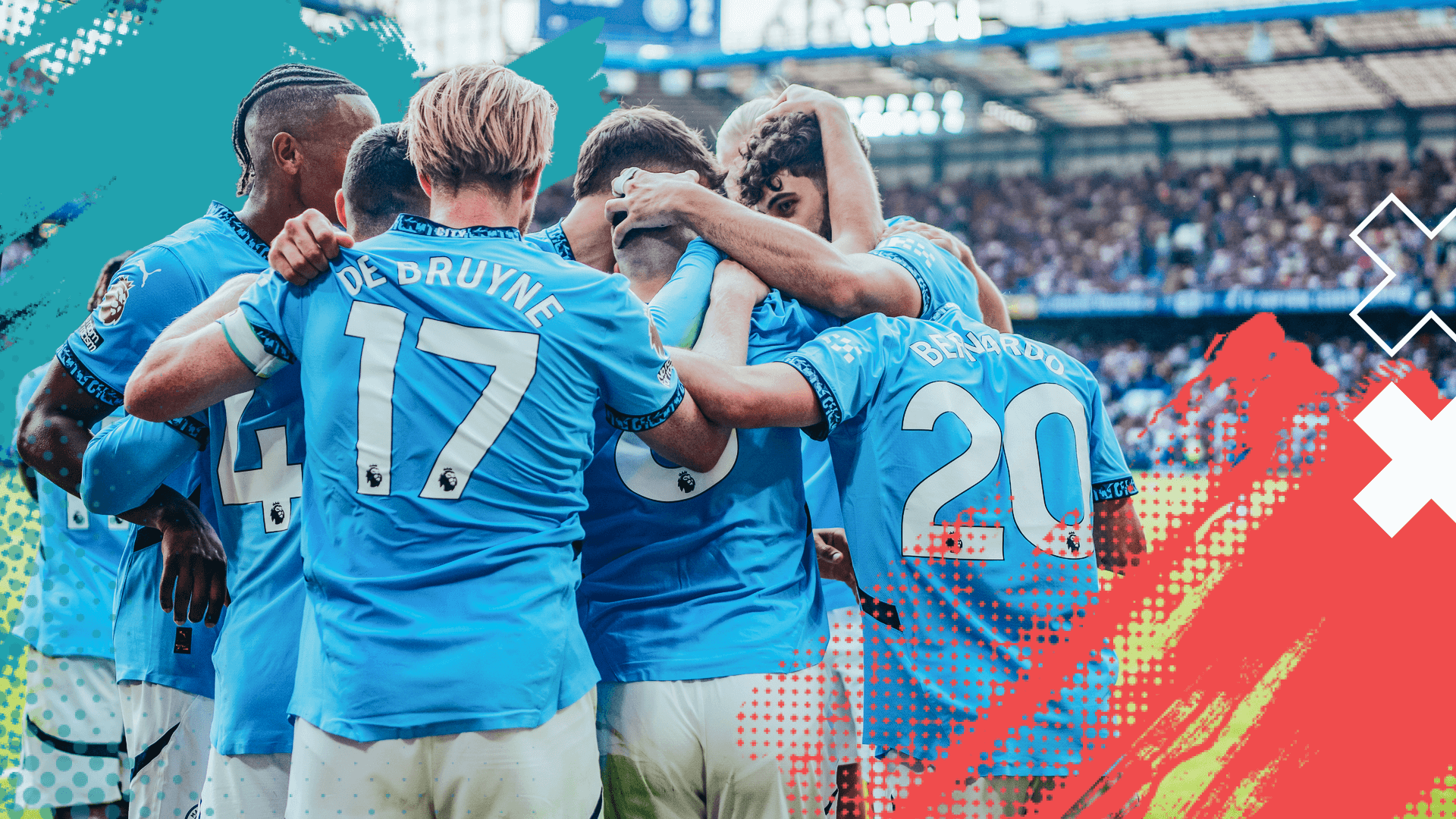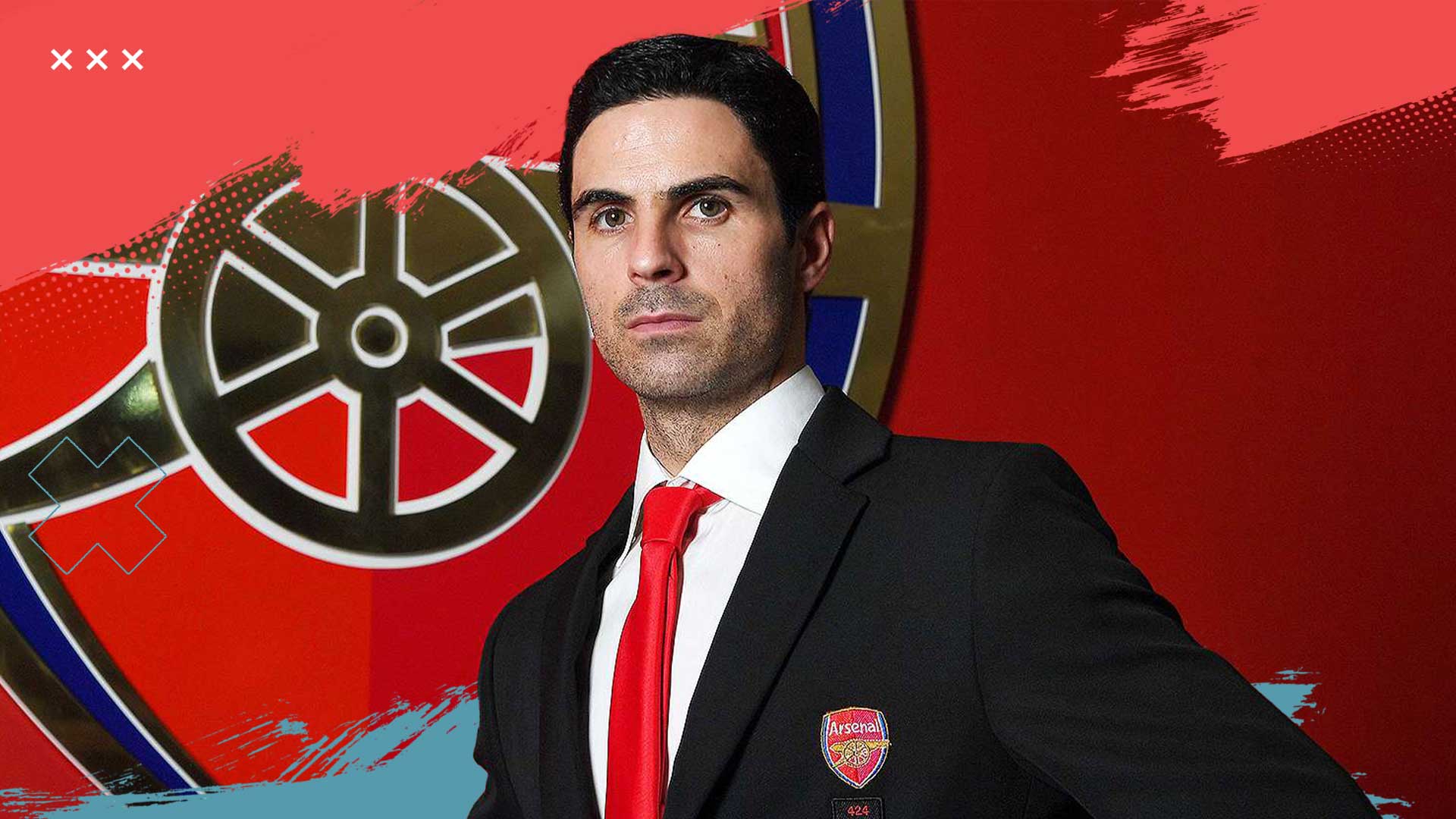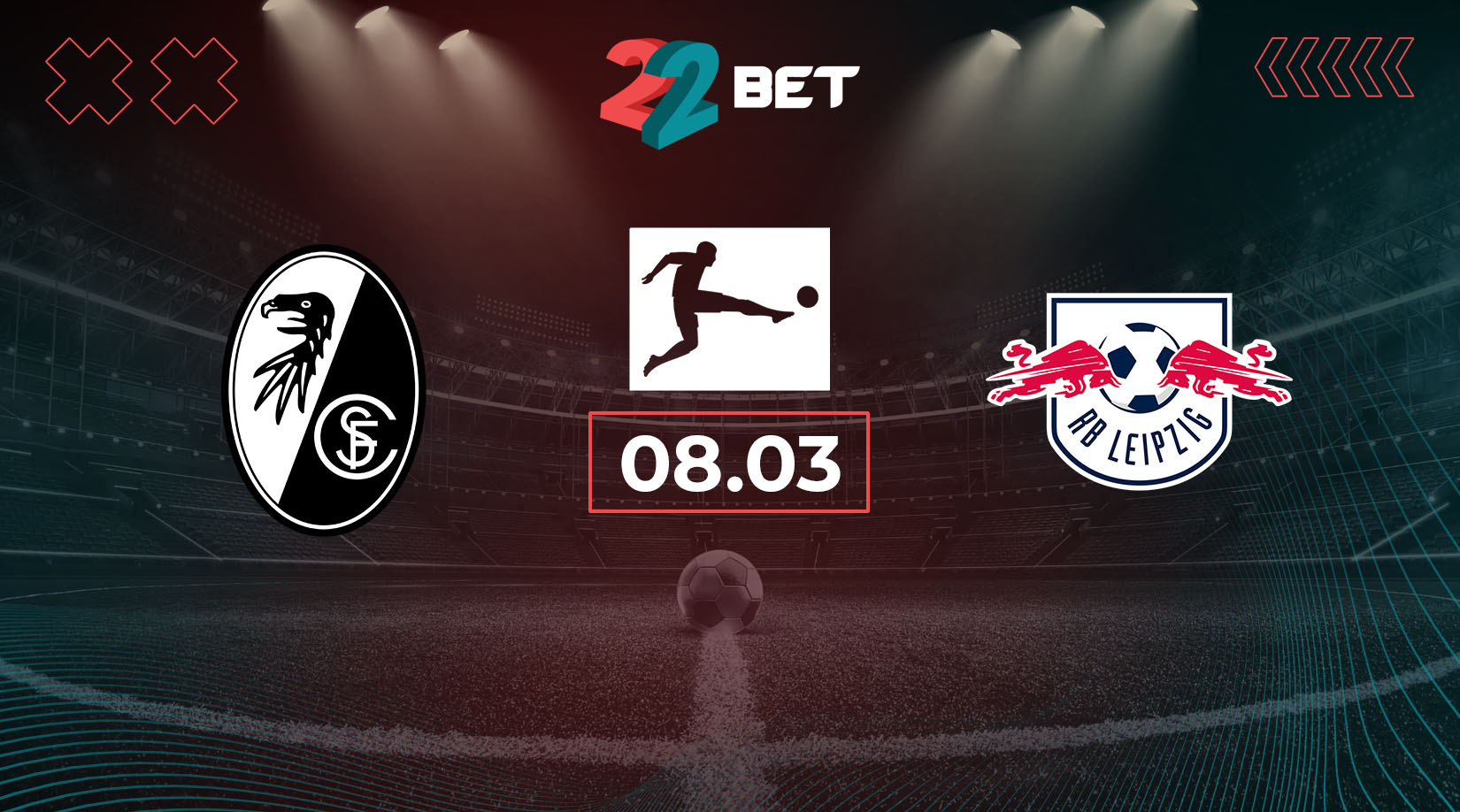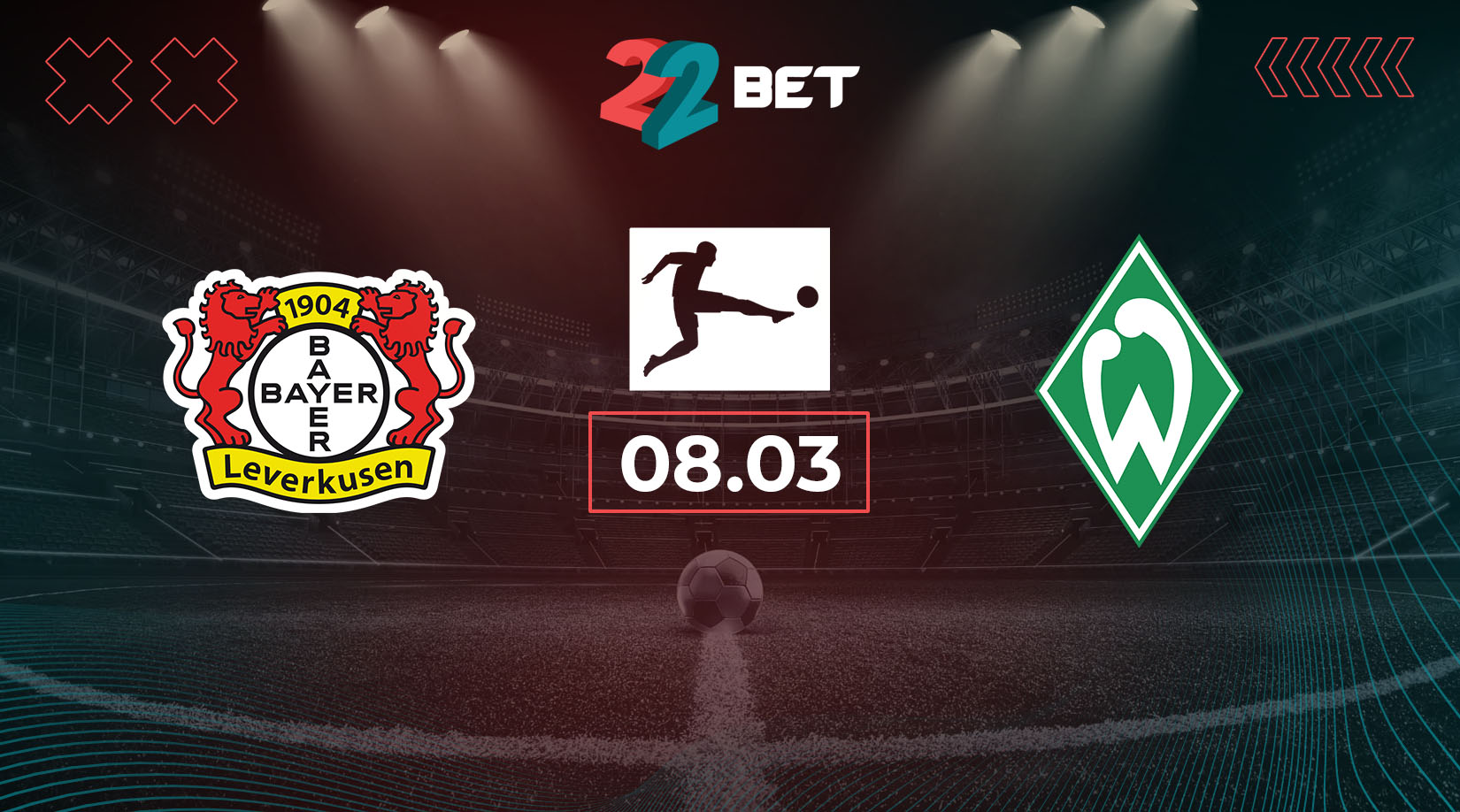The match between Wolverhampton and Chelsea was an unexpected goal fest at the start of the season and provided ample food for thought. After both teams found the net in the first half, leading to a 2-2 draw, the momentum shifted completely in Chelsea’s favor during the second half. The visitors then went on to score four goals, ultimately securing a decisive victory.
That’ll do. #CFC | #WOLCHE pic.twitter.com/Ac2zcXdRzx
— Chelsea FC (@ChelseaFC) August 25, 2024
We will now explore what happened after the half-time break and how Enzo Maresca’s team dramatically turned the game in their favor.
How Chelsea Dominated Wolverhampton In Midfield
In the Premier League opener against Manchester City, Enzo Maresca deployed a 3-2-5 formation during the attacking phase, with Lavia and Madueke positioned centrally in midfield, while Nkunku and Malo Gusto provided width on the flanks.
Noni Madueke and Mykhaylo Mudryk did not play in that match, and Pedro Neto was only brought on in the second half, where he created several dangerous opportunities.
Your Chelsea line-up to play Wolves!
#CFC | #WOLCHE pic.twitter.com/gAfF62gnvT
— Chelsea FC (@ChelseaFC) August 25, 2024
However, Chelsea made significant changes to their lineup for the match against Wolverhampton. Roméo Lavia was sidelined due to a minor injury, so Malo Gusto moved into his position during the attacking phase.
Mykhaylo Mudryk and Noni Madueke started as wing forwards, while Enzo Fernández and Cole Palmer operated in the half spaces, receiving the ball and dictating play.
Compared to the first match, Chelsea introduced an inverted full-back in the center of the field and two forwards providing width, transforming their formation from 3-2-5 to a more fluid 3-2-2-1-2 with a box in the midfield.
Nicolas Jackson played the role of a “false nine”, linking play between the midfield and attack.
Bellegarde tracks the inverted Gusto & Lemina tends to follow Palmer. 2v1 against João Gomes would be key for both teams. #WOLCHE pic.twitter.com/yxAx0qm0j6
— Football Bunseki (@Footballbunseki) August 25, 2024
From the start, this allowed the Blues to establish total dominance in the midfield over Wolverhampton’s midfielders, and it’s no surprise that the visitors scored their first goal in the second minute.
Mudryk and Madueke stretched their opponents’ defense in the wing positions, while Enzo Fernández and Cole Palmer dominated in the centre of the field. In the second half, the introduction of the left-footed Pedro Neto brought a different dynamic to Chelsea’s play.
🇵🇹#CFC | #WOLCHE pic.twitter.com/rYFWAbu4hh
— Chelsea FC (@ChelseaFC) August 25, 2024
Unlike Mudryk, Neto operated on the left flank near the touchline without drifting into the center, and he made quick, incisive runs with dangerous passes into the penalty area.
Chelsea’s defensive problems in the first half
In the first half, Chelsea struggled with serious defensive problems, leading to a series of dangerous moments near their goal. These issues stemmed from ineffective counter-pressing and unsuccessful attempts to create offside traps with a high defensive line.
Wolves similarly tweak the shape into 3-2-5 pic.twitter.com/98idn3HIUi
— Football Bunseki (@Footballbunseki) August 25, 2024
Additionally, Enzo Fernández and Moisés Caicedo were easily beaten and outmanoeuvred. Chelsea catastrophically lacked compactness when transitioning from attack to defense, which could have led to conceding more goals in the first half.
Another problem for Chelsea was Matheus Cunha, who played exceptionally well. He moved fluidly in the final third and came close to scoring three goals in the first half but was denied by a narrow offside call and a strike that hit the crossbar.
Caicedo’s Crucial Contribution
In the second half, Chelsea improved their pressing and counter-pressing, with Moisés Caicedo finally displaying his best qualities by winning numerous important duels and not losing the ball under pressure from the opponents.
+3 Good job everyone! Let’s keep it up.💙 pic.twitter.com/chKqmCWjFB
— Moises caicedo (@_moisescaicedo) August 25, 2024
This improvement became the final piece of Chelsea’s puzzle, enabling Maresca’s team to impose complete dominance over their opponents in the second half. Thanks to Enzo Fernández and Moisés Caicedo, the guests regularly overcame Wolverhampton’s pressing and delivered the ball into the final third.
If Fernández and Caicedo can further enhance their ability to read opponents’ passing lines and more frequently intercept the ball in their own holding area, Chelsea has a great chance of improving results in the upcoming matches.
Is Chelsea’s Attack Finally Finding Its Rhythm?
Against Manchester City in the first round of the Premier League, Chelsea had problems with finishing chances, partly due to Nicolas Jackson’s poor execution.
Goal and assist. Legs goo. 💙 pic.twitter.com/wld12TapQI
— Nicolas Jackson (@NJackson15_) August 25, 2024
However, in the match against Wolverhampton, the Senegalese player excelled in the “false nine” role, helping his teammates create numerical superiority in the midfield and making dangerous passes to Palmer and Madueke, who interacted brilliantly on the right flank.
Palmer and Madueke frequently found themselves in scoring positions, leading to three assists from Cole to Noni, who scored three goals early in the second half.
The 23rd player to score a #PL hat-trick for Chelsea: Noni Madueke 🌟💙#CFC | #WOLCHE pic.twitter.com/LsfFN9wH4i
— Chelsea FC (@ChelseaFC) August 26, 2024
It is quite possible that Palmer and Madueke will play a key role in finishing Chelsea’s attacks in the upcoming matches. It will be interesting to see if they can maintain their performance against more organized opponents.
Conclusions
Chelsea faced serious defensive problems in the first half against Wolverhampton, largely due to poor pressing and numerous errors from Enzo Fernández and Moisés Caicedo. However, in the second half, they improved their play significantly, which positively impacted their overall teamwork.
That’ll do. #CFC | #WOLCHE pic.twitter.com/Ac2zcXdRzx
— Chelsea FC (@ChelseaFC) August 25, 2024
In attack, Enzo Maresca used a 3-2-2-3 / 3-2-2-1-2 formation, which allowed Chelsea to dominate the central zone and the wings. Palmer and Madueke became the match’s main heroes, but the question remains whether they can consistently and effectively convert their chances in future encounters.
Nevertheless, the match against Wolverhampton offers plenty of reasons for optimism for Chelsea fans.


























